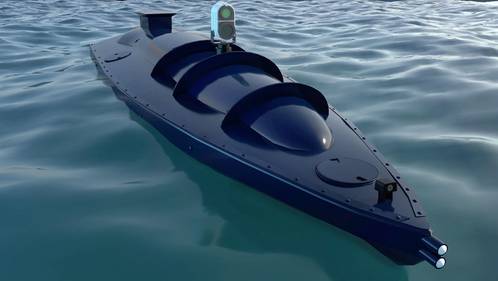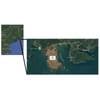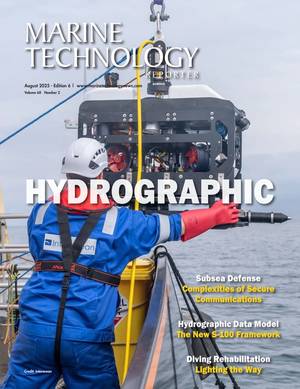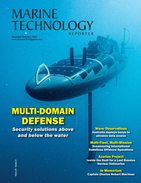Learning from Ukraine, Taiwan Looks to Sea Drones to Counter China
In the shadow of the Taiwan Strait, a new chapter in asymmetric naval warfare is unfolding. Drawing lessons from Ukraine’s strategic use of maritime drones in the Black Sea, Taiwan is adapting similar technologies as a low-cost, high-impact defense against an increasingly assertive Chinese Navy.
Off Taiwan’s eastern fishing port of Wushi, Thunder Tiger — a local defense technology company — has been testing the SeaShark 800, an uncrewed surface vessel (USV) capable of carrying 1,200 kg of explosives across distances up to 500 km. Developed under the government’s "Swift and Sudden" program, the initiative is part of a broader shift toward asymmetric warfare, prioritizing smaller, mobile platforms over traditional large-scale naval assets.
While the U.S. has long advocated for Taiwan to invest in asymmetric capabilities, the war in Ukraine has served as a real-world proving ground for how sea drones can disable or deter more powerful navies. Ukraine’s successful strikes against Russia’s Black Sea fleet using low-profile, explosive-laden USVs have become case studies for naval strategists worldwide.
“Uncrewed boats or underwater vehicles can effectively deter China because Taiwan is not the attacking side — we are the defending side,” said Taiwanese lawmaker Chen Kuan-ting, a member of the national defense committee.
The Taiwanese Ministry of National Defense has allocated roughly $27 million to the initial phase of the sea drone program. A broader funding package is expected later this year, which could include integration plans for locally built drones like those by Thunder Tiger and Lungteh Shipbuilding, as well as prospective contributions from foreign defense firms such as Huntington Ingalls Industries.
From a subsea and maritime industry perspective, Taiwan’s approach underscores the growing importance of dual-use innovation and localized manufacturing. Sea drones offer a particularly appealing strategic value: low signature, low cost, and high potential for disruption in contested waters.
"By flooding the Taiwan Strait with unpredictability, these platforms create a tactical ambiguity that China must account for," said Thunder Tiger Chairman William Chen during recent field demonstrations. “This is about creating uncertainty — China doesn’t know where or when these threats might emerge.”
The SeaShark 800 and similar platforms operate as offensive and defensive force multipliers. Beyond kinetic strikes, future iterations may include payloads for ISR (intelligence, surveillance, reconnaissance), mine countermeasures, or even anti-submarine warfare support—an area of rising relevance as the undersea battlespace becomes more contested.
But successful deployment isn’t just about platform capability. It’s about integration. As Peter Chen of the Taiwan Research and Development Association (TTRDA) noted, “Taiwan can make world-class drones. But the challenge lies in embedding them effectively into operational doctrine. That’s where military leadership must innovate.”
With China conducting frequent military drills and modernizing its blue-water navy, Taiwan's push to accelerate drone capabilities marks a significant shift in regional defense posturing. For maritime and subsea defense stakeholders, Taiwan’s initiative offers a real-time laboratory in blending commercial drone innovation with forward-thinking naval strategy.
(Reuters + Staff)














 August 2025
August 2025



